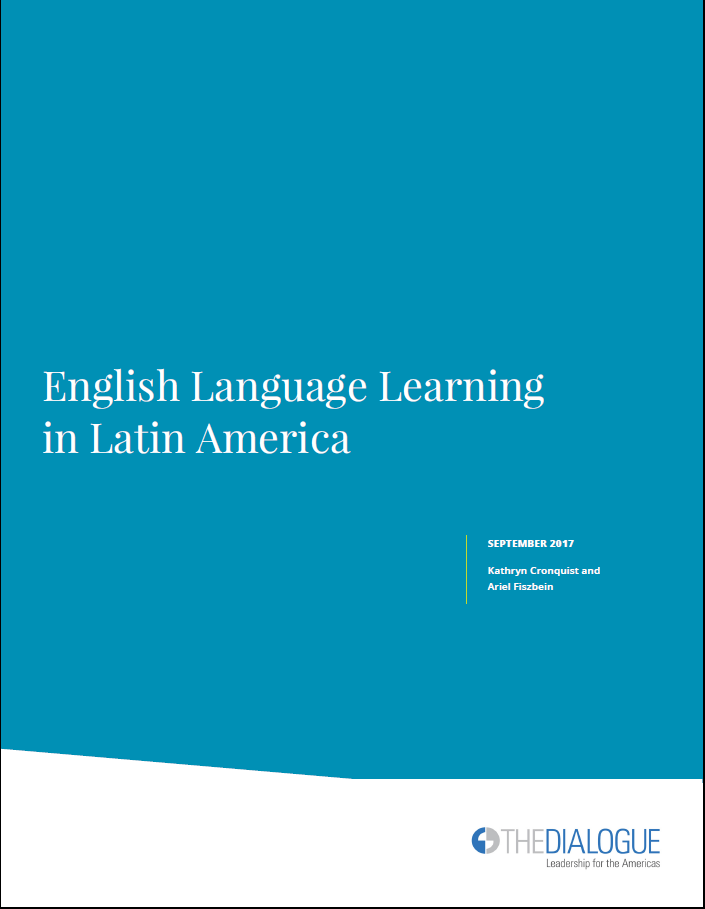English Language Learning in Latin America
Abstract
English proficiency is increasingly necessary for business and international communication and, in that regard, linked with prospects for economic competitiveness and growth in the global economy. Interest in learning the language continues to grow throughout Latin America. The region has made considerable efforts to improve English language learning through policies and programs, resulting in more people in the region having access to English language learning (ELL). However, test results indicate that English proficiency is very low. The educational system is simply not producing students with adequate levels of English proficiency. Schools are often unable to provide the necessary English classes, while those that do exist are often of poor quality. Learning opportunities outside of the educational system, although increasingly available, are unable to make up for deficiencies within formal schooling. Improvements in ELL policy and programs are necessary to improve English proficiency levels. Furthermore, quality implementation of these policies and programs is essential to overcoming the barriers faced throughout the region. How can countries implement effective policies and programs to improve learning levels? Through an analysis of ELL policies, teacher effectiveness, and learning programs, this report looks at best practices and weak areas throughout Latin America. Finally, this report makes four recommendations to solve policy bottlenecks, address the teacher shortage, find other learning opportunities, and create a space for sharing and learning across countries.

